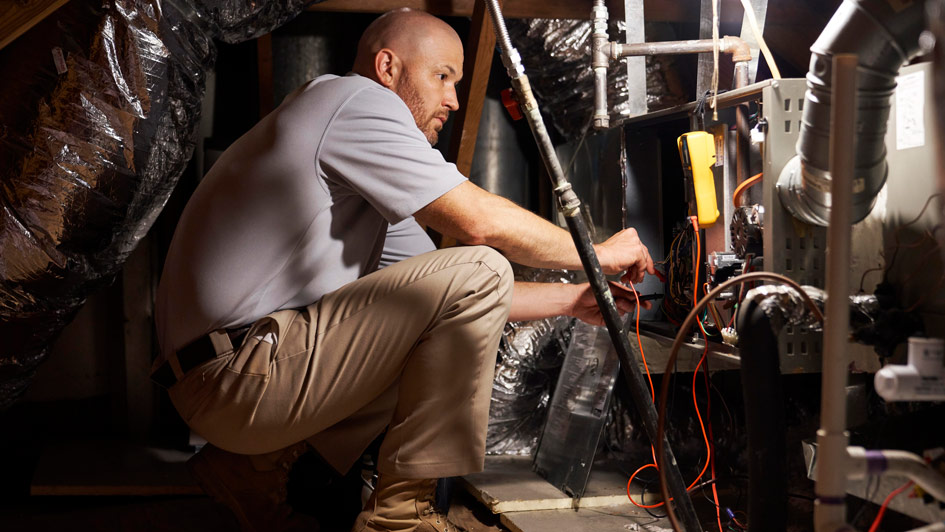
Your air conditioning system, diligently working to keep your indoor environment comfortable, relies on a combination of components to deliver optimal performance. Among these, the coils play a pivotal role in the heat exchange process. This blog post sheds light on a frequently overlooked aspect of AC maintenance—dirty coils—and examines how their impact extends beyond mere cleanliness. Let’s explore the tangible consequences of neglecting coil cleanliness and understand why regular coil maintenance is a non-negotiable aspect of ensuring AC efficiency and longevity.
Understanding the Coils’ Crucial Role
Coils, both evaporator and condenser, are fundamental to the heat exchange mechanism of your AC system. The evaporator coil absorbs heat from indoor air, while the condenser coil releases it outside. Their efficiency directly influences the overall performance of your air conditioner.
How Dirty Coils Impair Heat Exchange
Over time, coils accumulate dirt, dust, and debris. This buildup creates a layer that insulates the coils, hindering the heat exchange process. When coils are dirty, they struggle to absorb and release heat efficiently, resulting in decreased cooling capacity and increased energy consumption.
Reduced Cooling Capacity
Dirty coils compromise the ability of your AC system to cool indoor air effectively. As the coils struggle to absorb heat from the air, the cooling capacity diminishes, leading to an environment that takes longer to reach the desired temperature.
Increased Energy Consumption
When coils are covered in dirt, the entire AC system has to work harder to compensate for the reduced heat exchange efficiency. This increased workload translates into higher energy consumption, reflected in elevated electricity bills.
Strain on Compressor and Components
As the AC system compensates for dirty coils, the compressor and other components endure additional strain. Over time, this strain can lead to premature wear and tear, potentially causing component failures and the need for costly repairs.
Ice Formation on Evaporator Coils
A particularly problematic consequence of dirty coils is the formation of ice on the evaporator coils. The insulating layer created by dirt impedes proper heat absorption, causing the coils to become excessively cold. When moist air passes over these cold coils, condensation freezes, resulting in ice buildup.
Diminished Air Quality
Dirty coils not only impact cooling efficiency but also contribute to decreased indoor air quality. The accumulation of contaminants on the coils can foster the growth of mold and bacteria, which, when circulated, compromise the air you breathe.
Shortened System Lifespan
The cumulative effects of reduced cooling capacity, increased energy consumption, and added strain on components can significantly shorten the lifespan of your AC system. Regular coil maintenance emerges as a preventive measure to protect your investment and ensure longevity.
The Importance of Regular Coil Cleaning
Preventive maintenance, including regular coil cleaning, is essential for sustaining AC efficiency and extending its lifespan. Professional HVAC technicians have the expertise and tools to clean coils effectively, removing accumulated debris and preserving the system’s performance.
Incorporating Coil Maintenance into Routine HVAC Care
To maintain optimal AC performance, homeowners should include coil cleaning in their routine HVAC care. Regular inspections and professional maintenance ensure that coils remain free from dirt and debris, allowing your AC system to operate efficiently and effectively.
Conclusion
Dirty coils are not just a cleanliness concern; they pose a significant threat to the efficiency and longevity of your air conditioning system. Regular coil maintenance is a proactive measure that protects your investment, enhances cooling performance, and contributes to a healthier indoor environment. As you prioritize HVAC care, don’t overlook the impact of clean coils on the overall efficiency and endurance of your AC system.